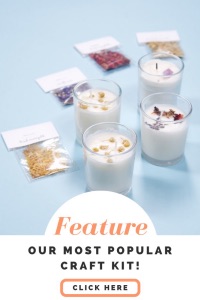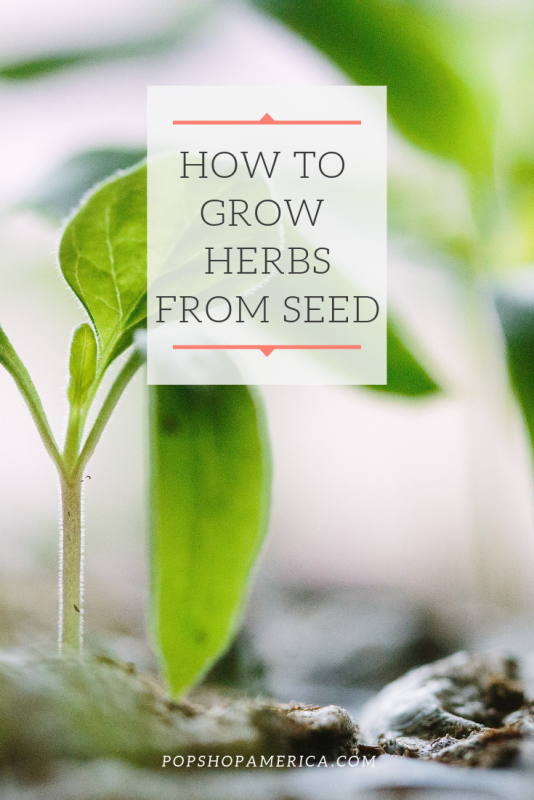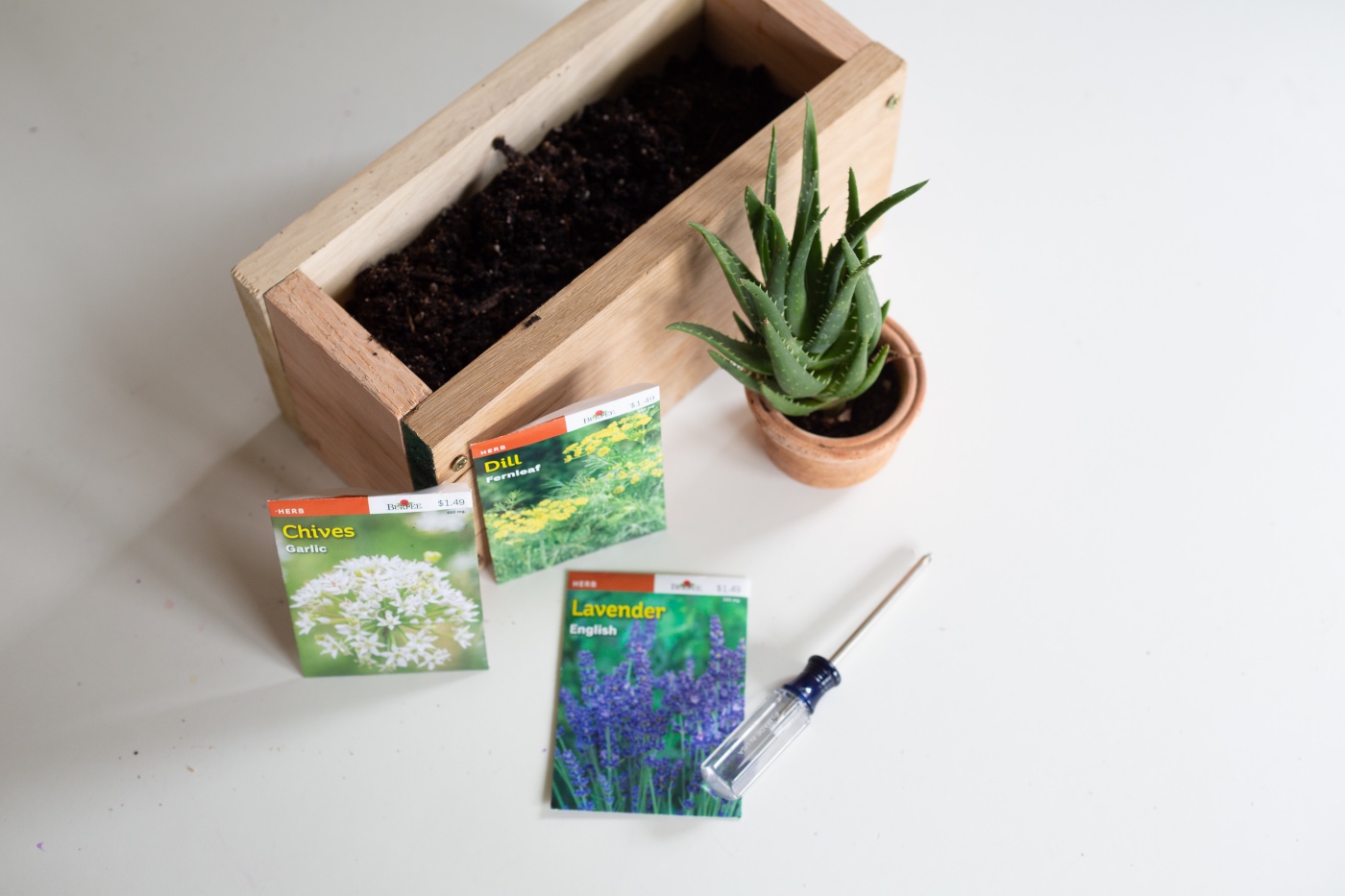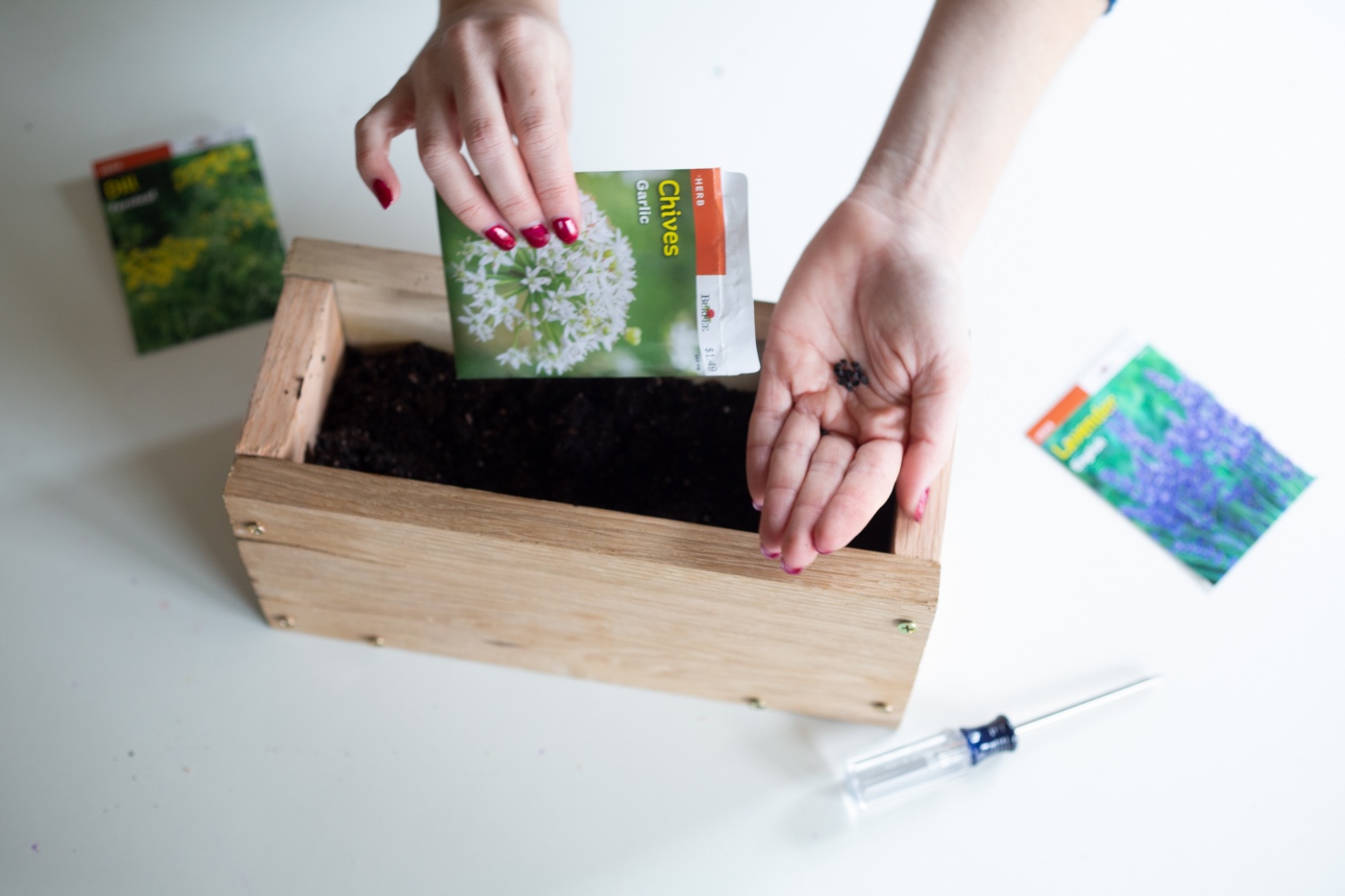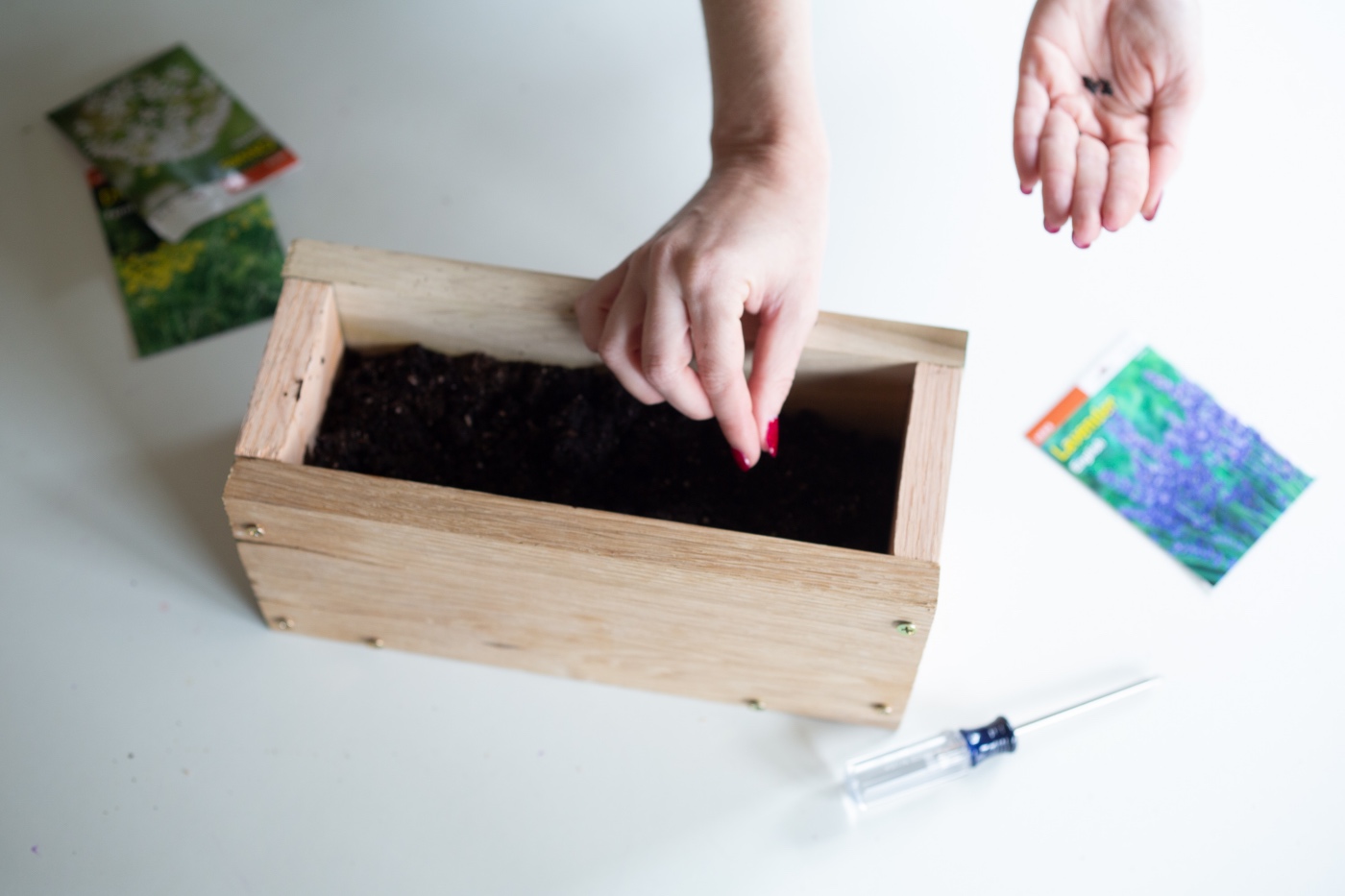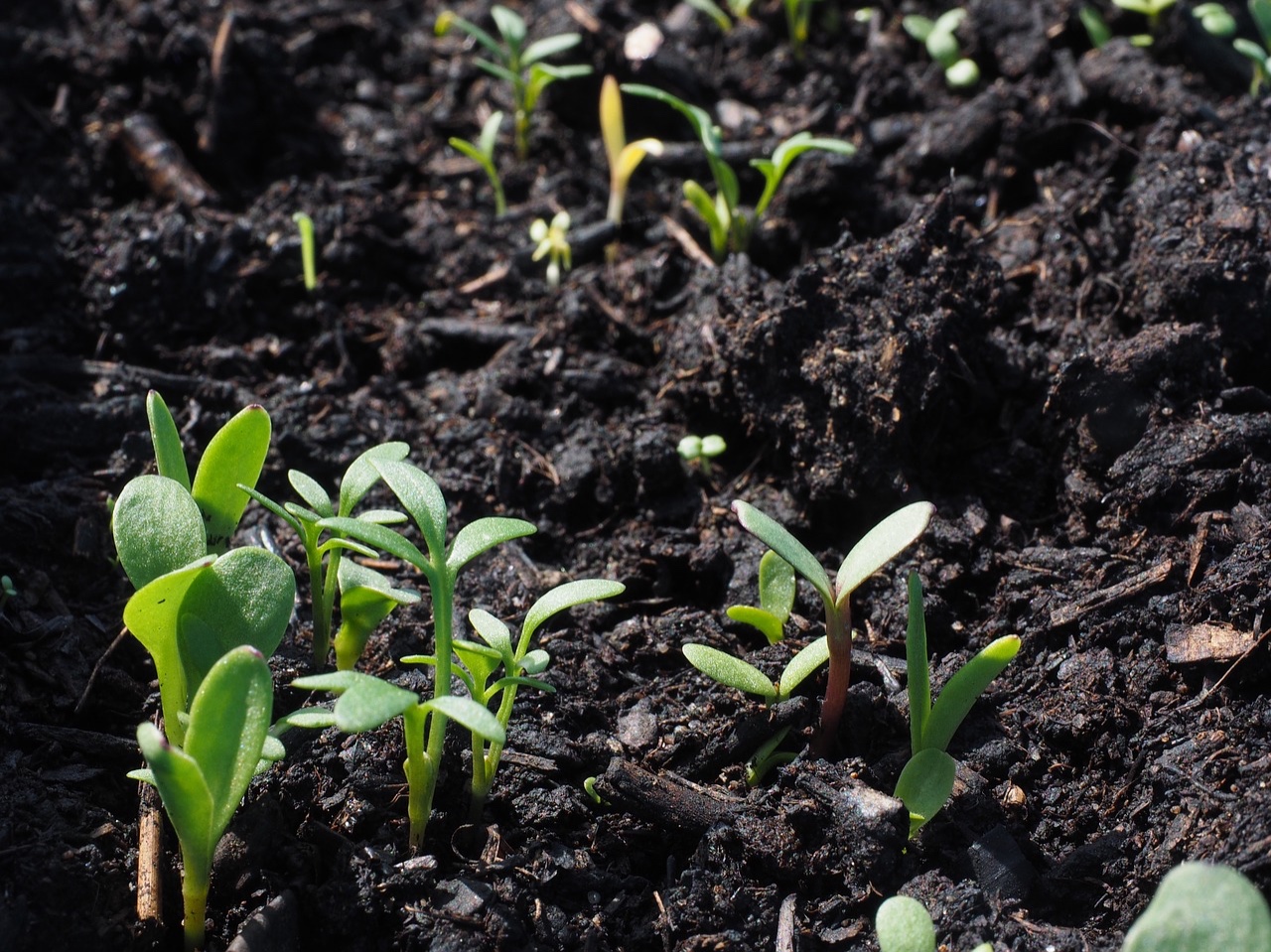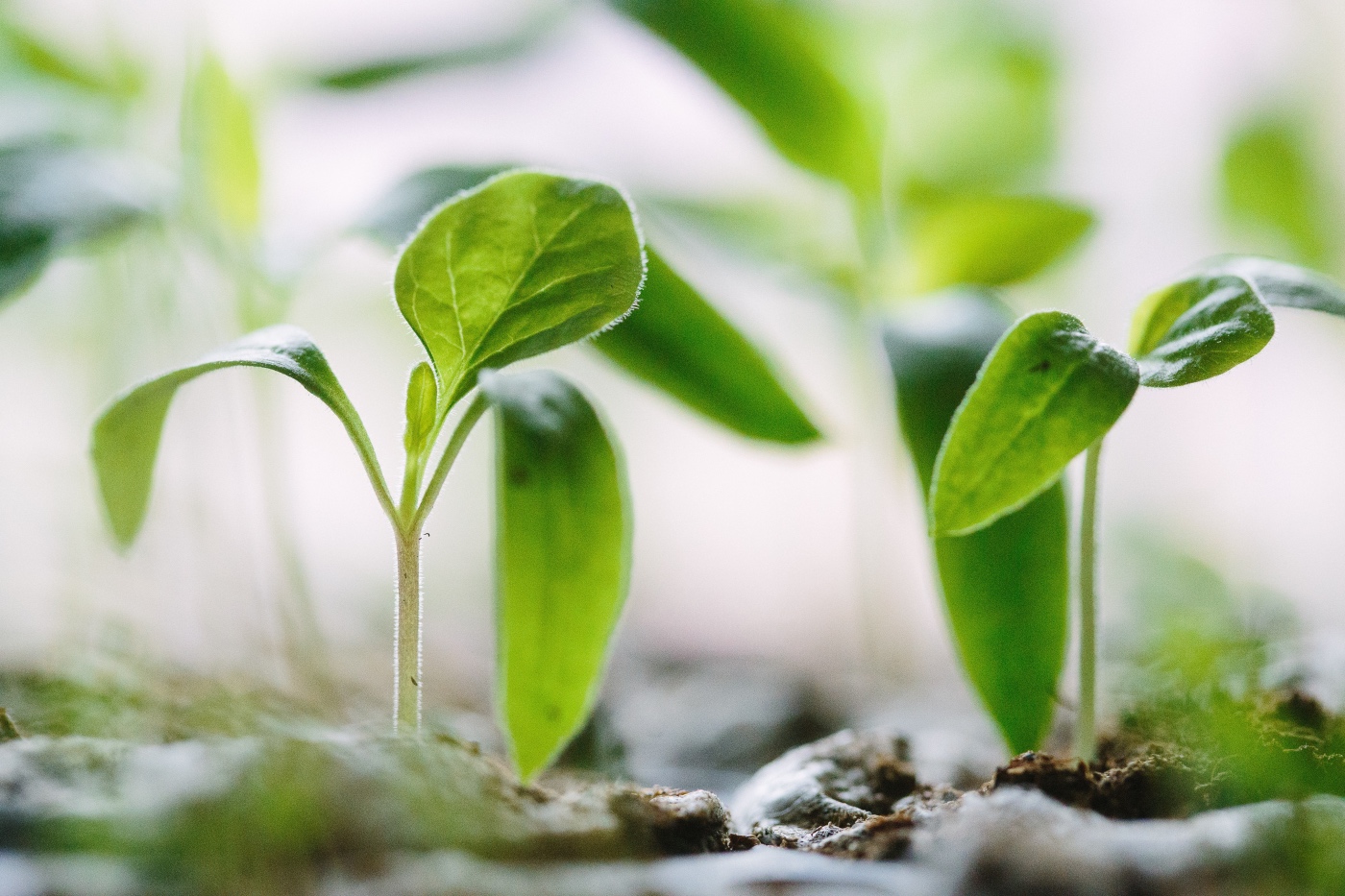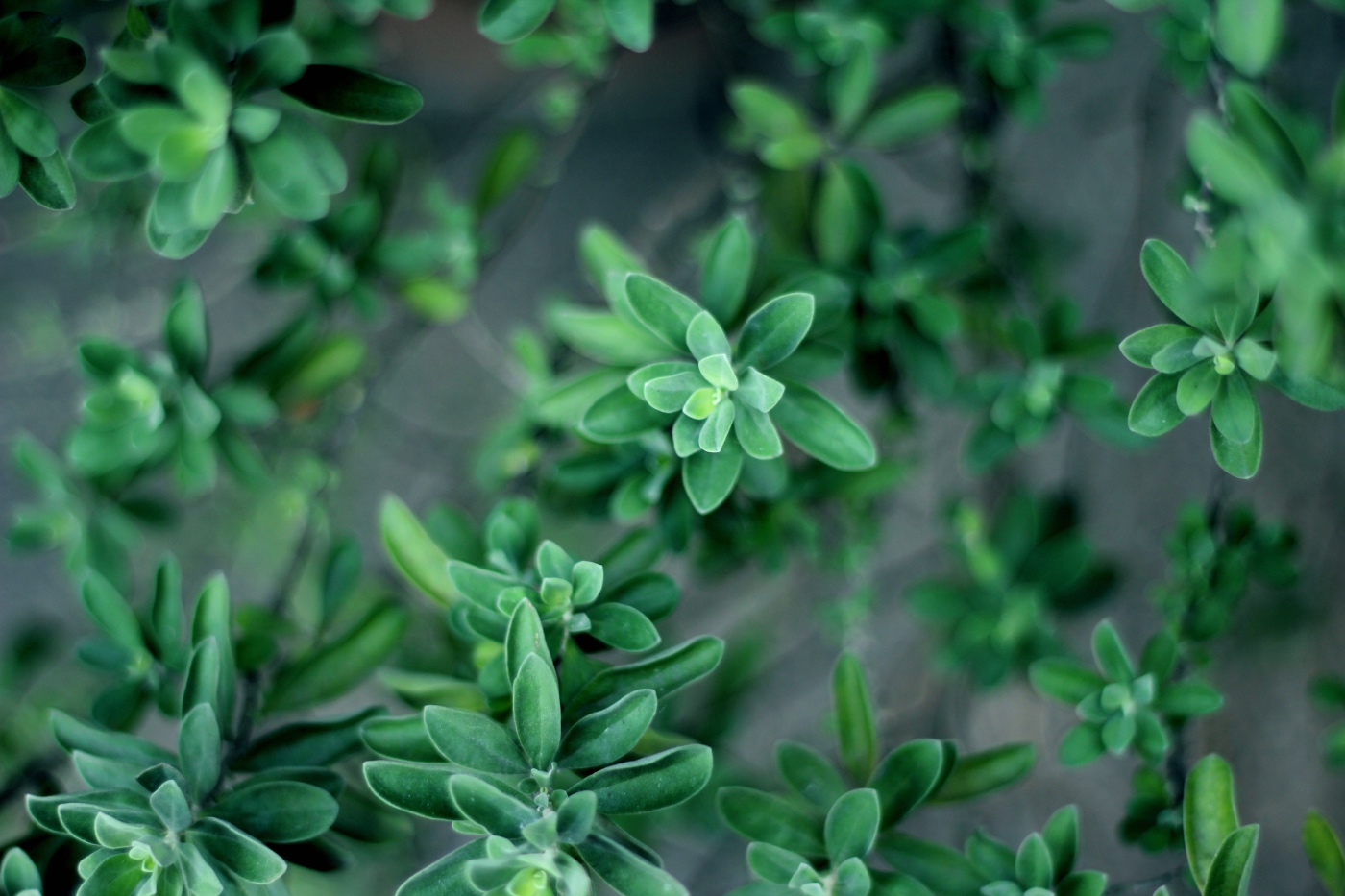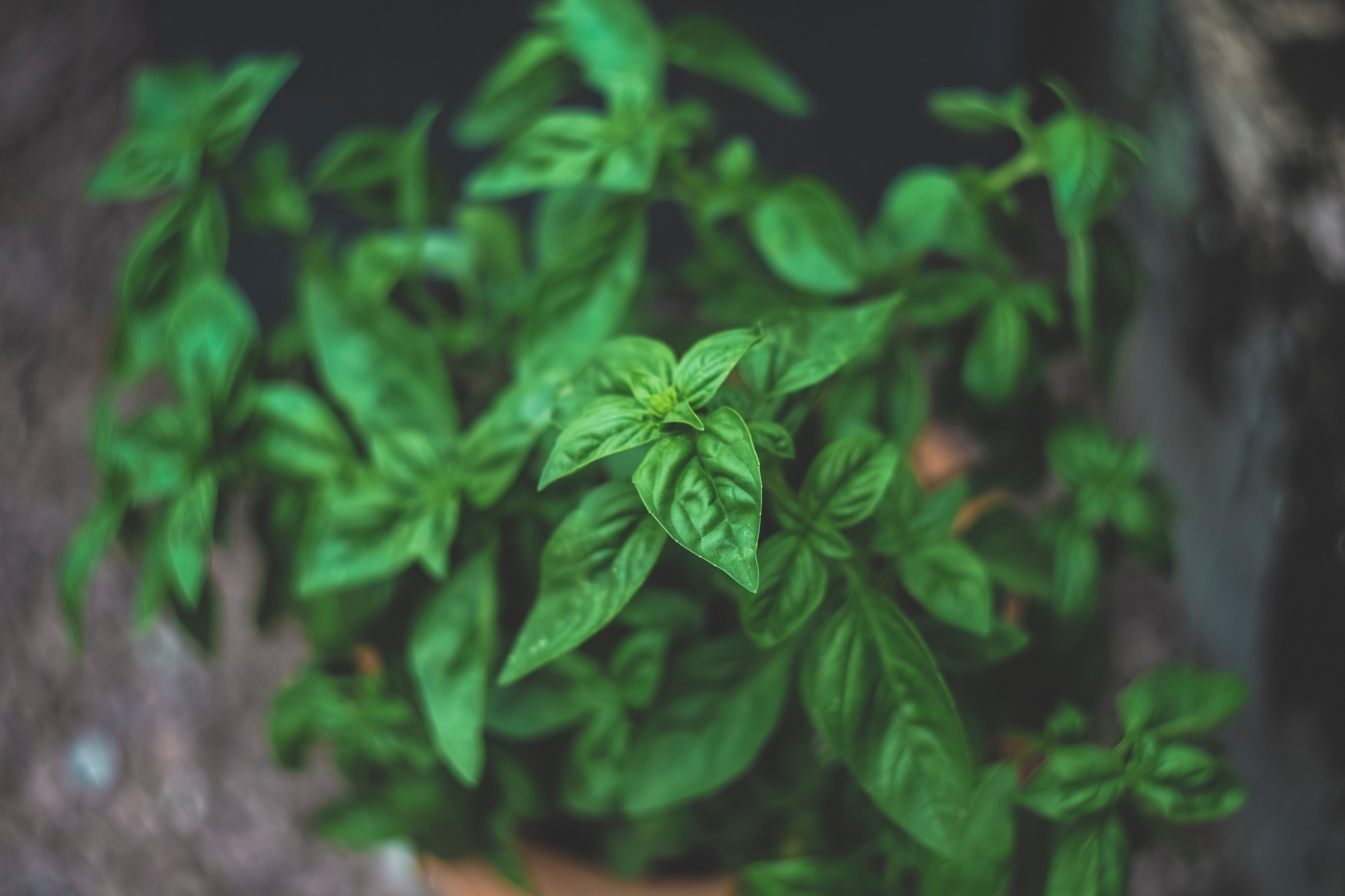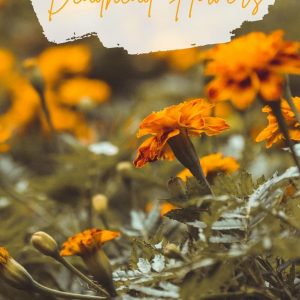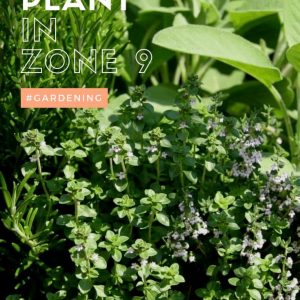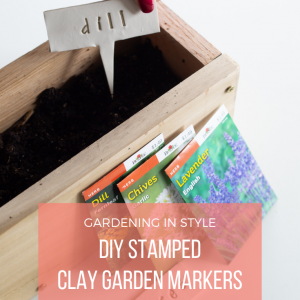Craft in Style Subscription Instructions, Gardening
How to Grow Herbs from Seeds
We had a strange and remarkably cold year, so I am particularly excited for spring! One of my favorite things to do is get outside in the yard and garden. Herbs are my favorite because you can use them for cooking and the smell is so wonderful.
The Herb Garden Starter Set contains a DIY Wood Planter Box in addition to the supplies you need to make Clay Garden Markers. (This was originally part of the April 2019 Craft in Style Subscription Box.)
The kit includes herb seeds too. So let’s discuss how to grow these herbs from seed. Then you will be on your way to having your own at home garden!
When to Plant Herb Seeds
Herb seeds should be planted a few weeks before the last frost. That may be as early as February if you are in the Southern US and as late as April or perhaps May if you are in the North. Here is a handy chart to get you started on understanding zones.
Plant Your Seeds in a Safe Environment
Before you get started, be sure you are using supplies that will make your herbs safe for consumption. For example, don’t plant your seeds in a planter that has been chemically treated. And don’t plant anywhere where paint or toxins may have been dumped. Herb Garden Starter Kit purchasers were sent untreated cedar wood to build their planter box! This is a safe material for planting.
Start with Very Soft & Wet Soil
When planting your seeds, add the soil to the container first. Be sure that the soil is nice and fluffy – like fresh soil from a bag, not hard soil from your yard. Seed starting soil is wonderful and potting soil is good too. For potting soil be extra careful to not bury your seeds deep. With any soil, wet it thoroughly and mix it so that the water is evenly spread through the soil. You want it to be the wetness of brownie mix. This will help the seeds get the water they need to grow.
Pack Down the Soil
When you have the desired amount of soil for your seeds, gently pack it down to remove any air pockets. Be gentle!
Place the Seeds Near the Top of the Soil
Place your seeds on top of the gently packed wet soil. You want your seeds near the top because they will start out so delicate and tiny. If you bury them too deep, they will just rot. You can just plant a few seeds at a time. If you are order an Herb Garden Starter Kit, you will have a lot of extra seeds in case you need to start again. Or you could make these DIY Seed Bombs!
Place a Tiny Amount of Soil on Top
Sprinkle just a tiny amount of dry soil on top. The amount of sprinkles you would add to a cake.
Don’t Let them Fall Below 40°F
New seeds need to stay warm. They are best in a warm environment for the first few weeks which will likely be indoors. A heating pad is a bonus as is covering the seeds loosely with plastic (like a sauna) until they sprout.
Seeds Can Be Kept Inside for the First Six Weeks
If you are keeping your seeds indoors before it’s warm enough to take them outside, do this: Once your seeds have germinated, remove any plastic covering. Place them near a sunny window and continue to keep them warm. Bring your seeds outdoors as soon as the weather is stable and over 40°F.
How Much Sun Do Herbs Need
Most herbs need around 4-6 hours of sun. That’s almost full sun! Delicate herbs like thyme, may need a bit less, where others soak up the full sun. When planting together, they will often grow together as friends in which the herbs that need more sun will cover the small and delicate herbs. That’s why it’s nice to plant herbs together.
How to Water Herbs
Some herbs (like basil) need LOTS of water. Other herbs like lavender need the soil to dry out completely between waterings. In general, you will want to water your herbs many times a week and let your soil dry a bit between waterings.
Some Herbs Need to Be Bolted/Deadheaded
Perennial herbs: basil, chives, marjoram, mint, oregano, sage, tarragon and thyme need regular pruning or deadheading. Basil for example, will produce flowers. Those flowers seed and when the seeds are created the mother plant will die and the cycle starts over. You will want to prevent the larger mother plant from dying by removing all the flowers before the seed all season long.
Lavender needs a similar style of deadheading but also requires seasonal pruning. You can learn about that here.
We can’t wait to hear about how healthy and lovely your herbs are growing. If you have any questions, leave them in the comments below and if you are ready to start your own Herb Garden from Seeds, grab the Herb Garden Starter Kit. Have extra seeds? Then making these Easy Seed Bombs are a must!
Let’s Stay Friends!
Insta | Pinterest | Enews | TikTok


